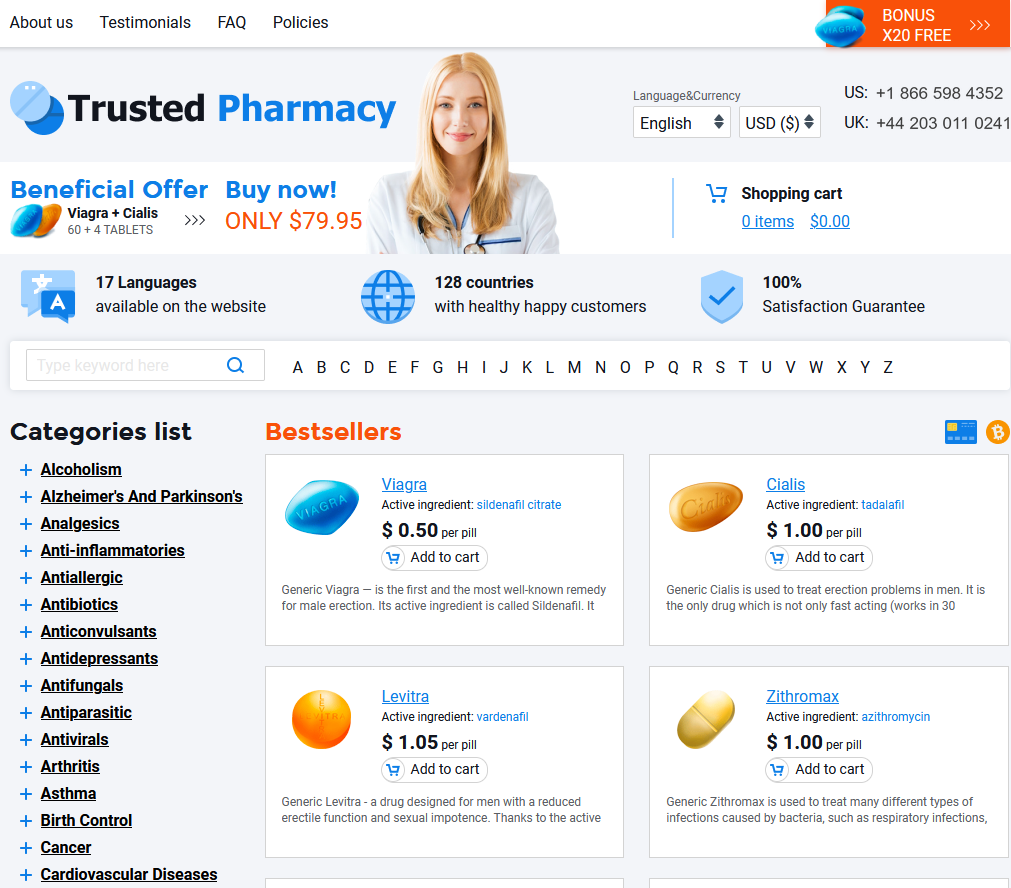
Comparing Hydroxychloroquine with Its Alternatives
Understanding Hydroxychloroquine: Function and Usage
In the labyrinth of antimalarial treatments, hydroxychloroquine emerges as a notable player, often discussed over coffee at Pharm Land. This compound medication, known for its ability to combat malaria, applies its magic by interfering with the malarial parasite's replication within red blood cells. The function extends beyond malaria, making appearances in treating autoimmune conditions like lupus and rheumatoid arthritis. When handed over at the drive-thru window, the directions on a prescription—often detailed in medical shorthand like Sig—ensure its effectiveness while minimizing potential risks.
| Function |
Usage |
| Interferes with parasite replication |
Malaria, Lupus, Rheumatoid Arthritis |
Key Alternatives to Hydroxychloroquine in Treatment

Exploring alternatives to hydroxychloroquine reveals a diverse array of options that cater to different aspects of treatment. Among these, some are prescribed as stand-alone solutions, while others are used in combination for enhanced efficacy. Methotrexate, often considered a ‘generic’ in anti-inflammatory treatments, offers a robust alternative, particularly when used alongside other medications in a therapeutic cocktail. Azithromycin, commonly known as a Z-Pack, is frequently employed, especially in infection-related protocols, thanks to its ‘script’ prowess in targeting bacterial ailments. Each alternative has its own set of ‘sig’ directions, warranting careful consideration and personalized medical guidance to ensure optimal patient outcomes.
Comparative Efficacy: Hydroxychloroquine Vs. Alternatives
In the ever-evolving landscape of medical treatments, hydroxychloroquine and its alternatives have sparked considerable debate regarding their efficacy. Hydroxychloroquine, widely known for its antimalarial strengths, has been overshadowed by a cocktail of emerging medications. However, the effectiveness of these alternatives can often face restrictions, like 'Sig' directions that highlight proper usage essential for optimal results. While alternatives may promise quicker relief, their statistical data in achieving outcomes similar to hydroxychloroquine are still under scrutiny.
Nevertheless, it's the 'Formulary' list that primarily guides the prescription choices made by physicians. Alternatives may show promise, but understanding their comparative efficacy requires a deep dive into diverse patient needs and clinical settings. A clear perspective on how these medications triumph or falter against hydroxychloroquine can only emerge through a thorough assessment of results and patient feedback, making it pivotal in influencing future medical protocols.
Safety Profiles: Assessing Long-term Effects and Risks

While exploring hydroxychloroquine's long-term effects, the "Side Effect" spectrum reveals various risks, from mild gastrointestinal issues to more severe implications like cardiotoxicity. "Therapeutic Substitution" often involves switching to compounds with lower risk profiles. It's essential for healthcare providers to conduct a thorough "Meds Check" to optimize prescriptions and mitigate potential side effects. Monitoring through a "Yellow Card" system ensures any adverse reactions are reported promptly, safeguarding patient health while allowing for adjustments in treatment plans when necessary to ensure overall safety and efficacy.
Cost and Accessibility: a Look at Global Availability
Accessing hydroxychloroquine globally reveals a complex landscape shaped by factors such as production costs, regulatory constraints, and economic resources. In many parts of the world, generics provide a more affordable solution, reducing the sticker shock commonly associated with brand medications. However, the reality is not uniform, and disparities persist—especially in low-income nations where supply chains are less reliable, and shelf checks may reveal inconsistent availability.
Navigating this environment demands attention to the balance between cost-effective distribution and maintaining robust quality controls. The cold chain, crucial for some pharmaceutics, can suffer from infrastructural gaps, impacting medication viability. Moreover, the pill burden experienced by patients in these regions can be substantial, often limited by the lack of a diverse formulary or necessary therapeutic substitutions.
| Region |
Hydroxychloroquine Availability |
Alternative Access |
| North America |
Widespread through insurance |
High variety and accessibility |
| Africa |
Limited |
Dependence on generics |
| Asia |
Varies by country |
Moderate; generics preferred |
Efforts to streamline production pipelines and address insurance reject obstacles are ongoing, highlighting the need for collaborative international strategies. By focusing on both economic and logistical aspects, stakeholders aim to ensure that hydroxychloroquine and its alternatives are more equitably distributed, ultimately improving therapeutic outcomes worldwide.
Emerging Research: Future Directions in Antimalarial Therapies
As antimalarial therapies continue to evolve, the landscape is rich with innovation and exploration. New compounds under investigation offer the potential to outpace traditional therapies, anticipated to streamline our understanding of malaria pathogenesis. Amid these advancements, the introduction of enhanced elixirs broadens the scope of treatment modalities, promising more effective interventions. Researchers are particularly focused on hybrid medications, aiming to amplify the benefits of existing drugs while minimizing side effects. These cocktail approaches leverage the synergistic effects of multiple ingredients to combat Plasmodium species more efficiently.
Simultaneously, the role of generics in increasing accessibility and reducing costs remains a pivotal consideration. By expanding the availability of low-cost alternatives, regions heavily burdened by malaria may witness improved health outcomes. Looking forward, artificial intelligence and machine learning are acclaimed for their potential to revolutionize the discovery of novel treatment candidates. The integration of technology with pharmacology could drastically enhance the precision and speed of medicinal research. Moreover, the focus on cold chain logistics ensures these innovative solutions can reach every corner of the globe, regardless of infrastructure challenges, emphasizing equitable healthcare access.